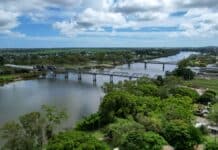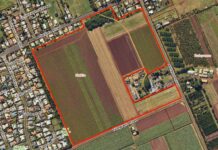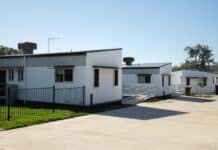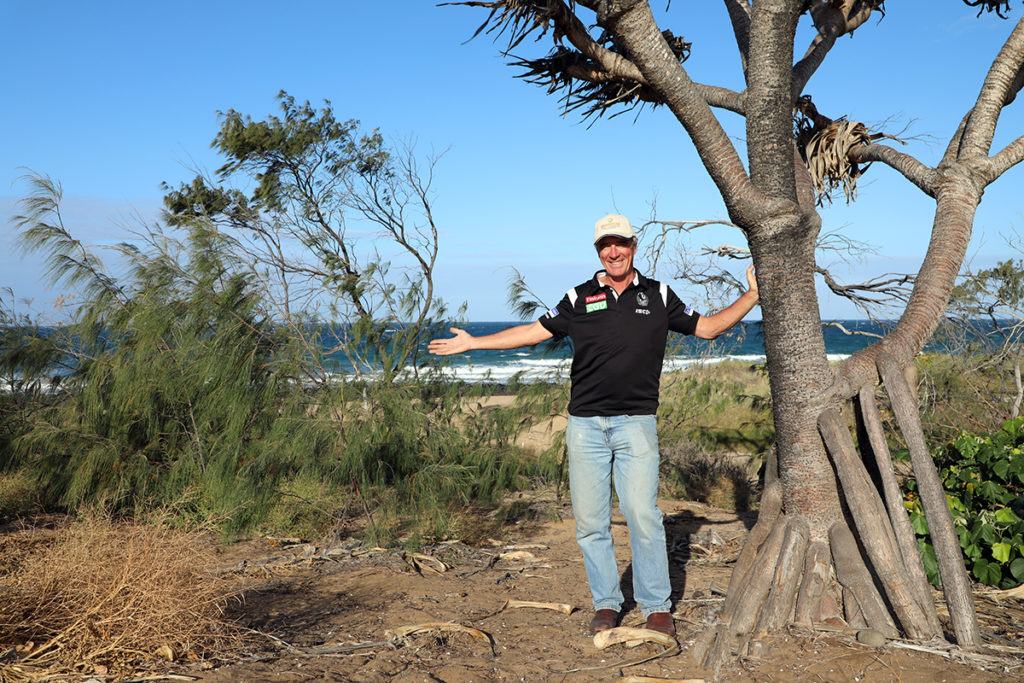
Bargara Headlands developer Bill Moorhead has revealed his vision for the project includes dedicating oceanfront land to the community and incorporating water sensitive urban design.
Mr Moorhead said the entire foreshore strip of the coastal development would be handed over to Council for the community to enjoy at the completion of stage one.
He envisions that it will look a lot like Nielson Park in Bargara featuring tables and chairs, water refill stations and a playground.
“It’s almost 1km of oceanfront we’re handing over,” Mr Moorhead said.
“The idea is everyone will feel connected.
“It will become the most popular area for prom photos and weddings.”
The Turtle Trail will be extended by a 750m long, 3m wide asphalt pathway with concrete edging.
Mr Moorhead said he was also investigating plans for an ocean themed playground to rival Bargara’s turtle playground.
Bundaberg Regional Council planning and development portfolio spokesperson Cr Ross Sommerfeld said Bargara Headlands was a state-of-the-art, master-planned estate.
“This is the first project on the coast that Bundaberg Regional Council has approved that gives the public access to the ocean,” Cr Sommerfeld said.
“It should be a focal point for our community for recreation and an asset to our coastline.”
Stage one of the estate is currently in the operational works stage but the project has been on the developer’s radar for three years.
Bargara Headlands incorporates water sensitive urban design
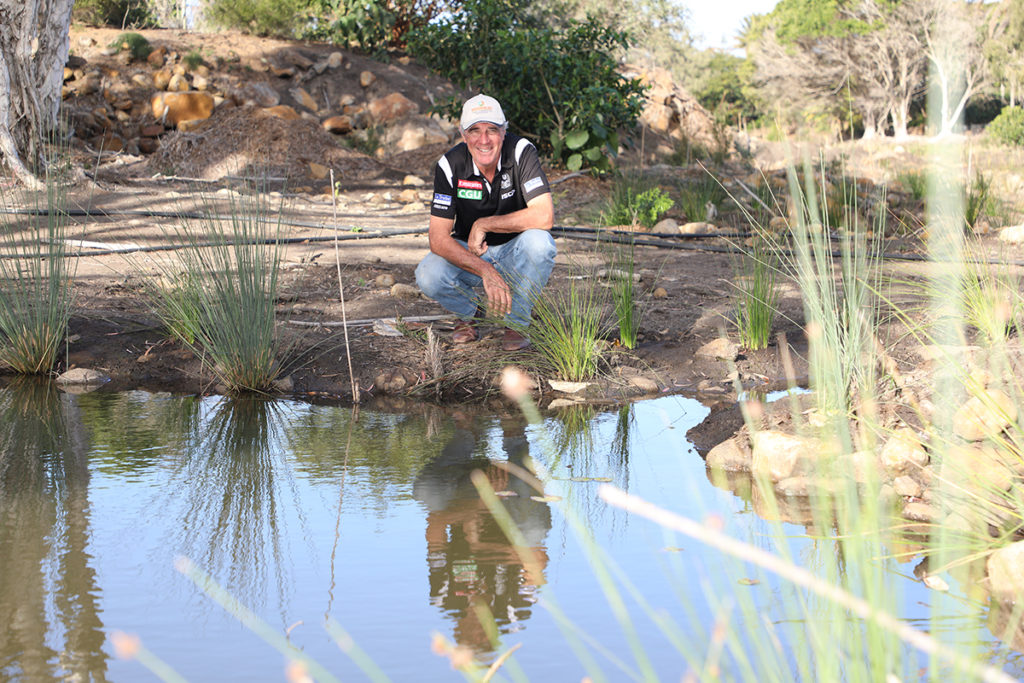
Mr Moorhead said, using principals of water sensitive urban design (WSUD), stormwater in the estate would be naturally filtered by water reeds.
He said the practice was also commonly known as a rain garden or water polishing.
“The main two bad things that get washed in to waterways are nitrate and phosphate,” Mr Moorhead said.
“There are a million species of local native water grass that can remove almost 90 per cent of nitrate and phosphate.
“You can actually see the reeds, they’re already going gangbusters.”
He said concrete pipes would only have added calcium pipes to the mix and, being so close to the ocean, he was determined to find a better solution.
“[The reeds] eliminate almost 90 per cent of pollutants from going out to the ocean.
“That’s amazing. A lot of science has gone in to this.”
Wanting to fill out buffer zones with plenty of trees Mr Moorhead said he had already planted well in excess of 5000 reeds and native trees.
“They’re going really well. Our thinking with that is we want the community to be connected with the environment.
“If the environment is happy and healthy people are happier and healthier. There’s a direct connection.”
WSUD is something Mr Moorhead said he had incorporated in to previous projects.
“You can actually see muddy water on one side, clean water on the other,” he said.
“I’m a greenie developer unashamedly.
“What we do develop I’d like to have a positive impact on the community and environment.”
Through the Bargara Headlands Estate Mr Moorhead is also supporting the Reducing Urban Glow program.

